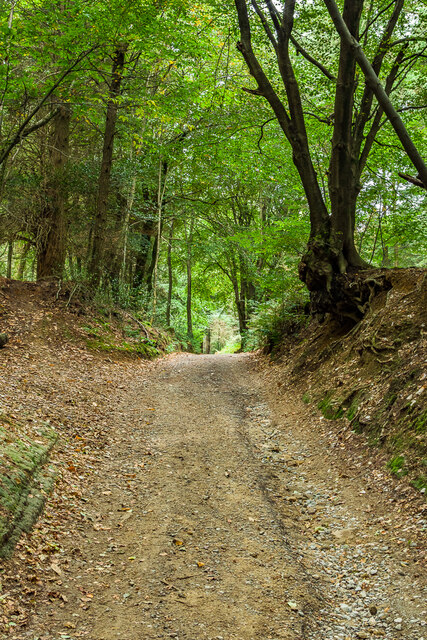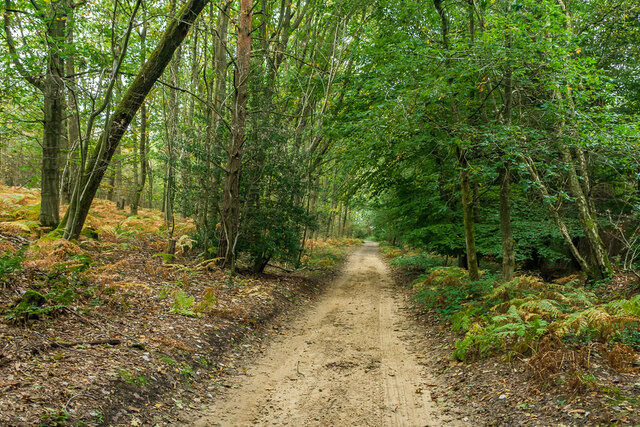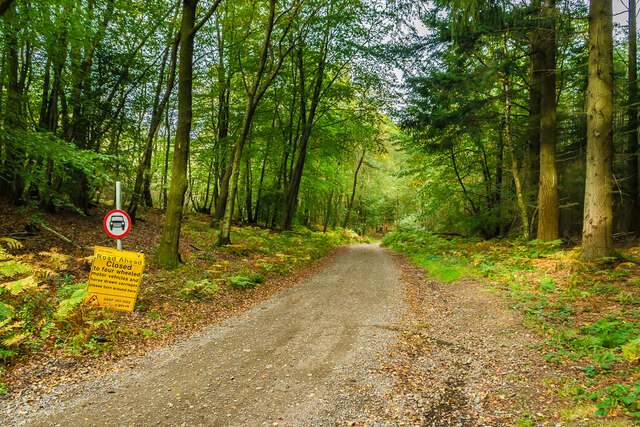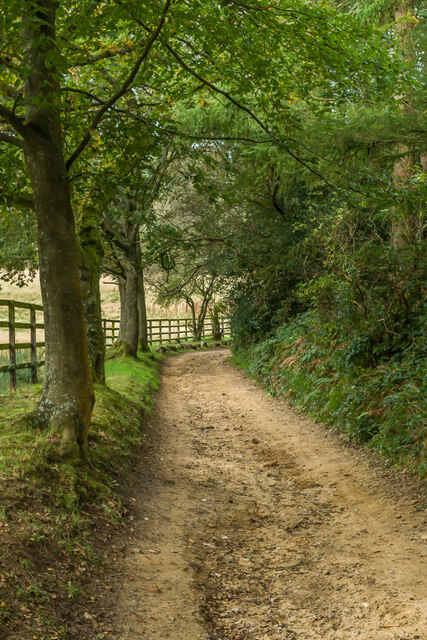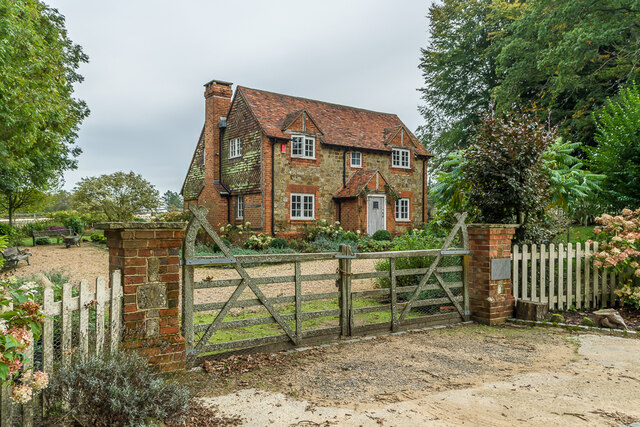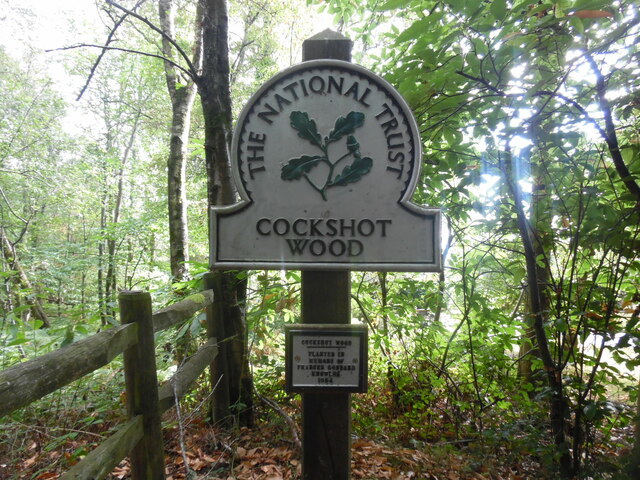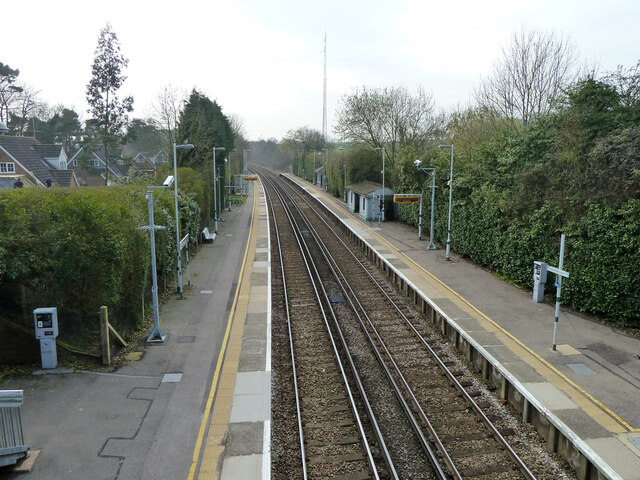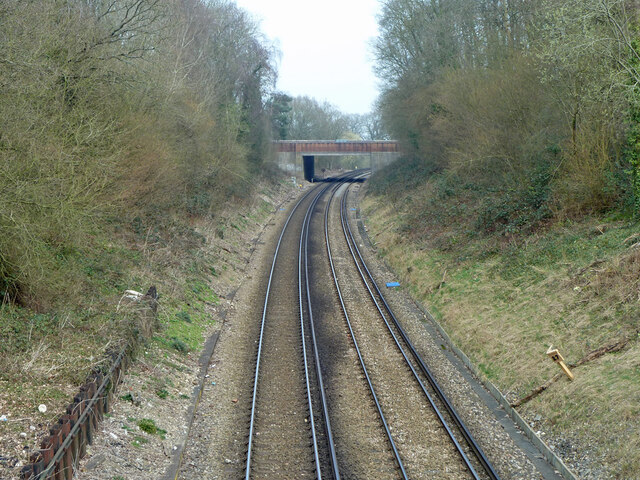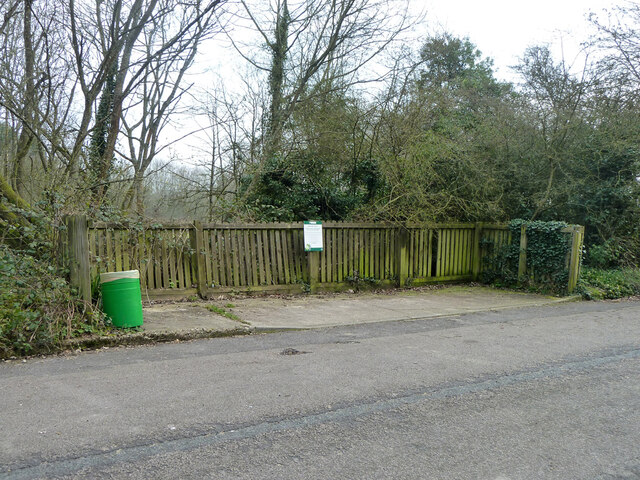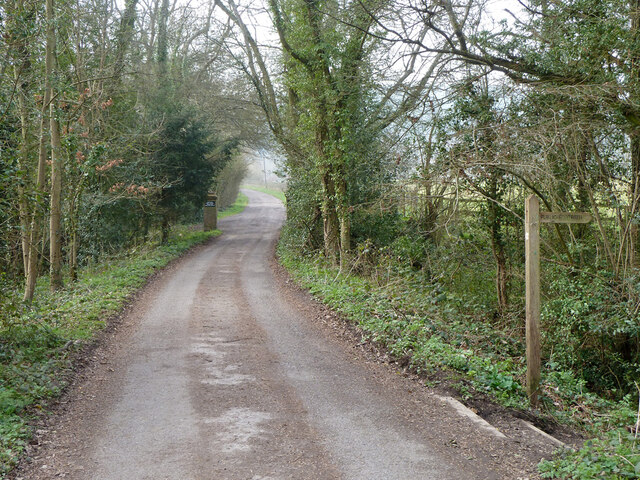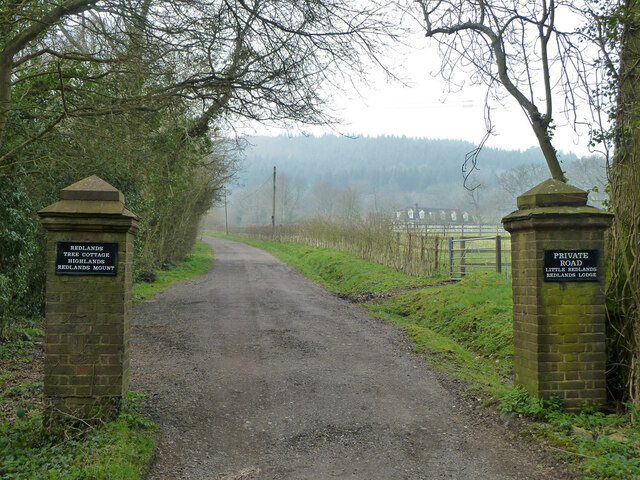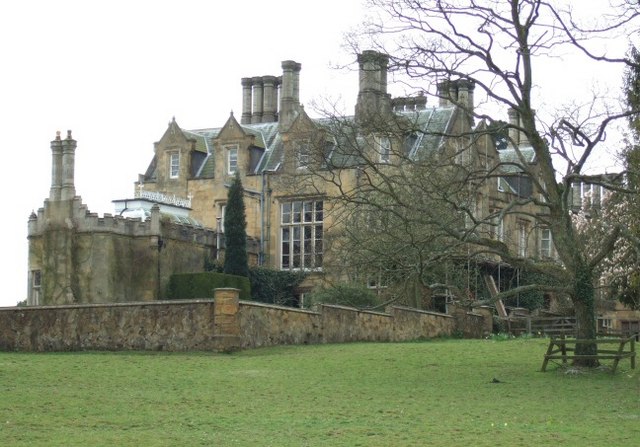Spring Copse
Wood, Forest in Surrey Mole Valley
England
Spring Copse
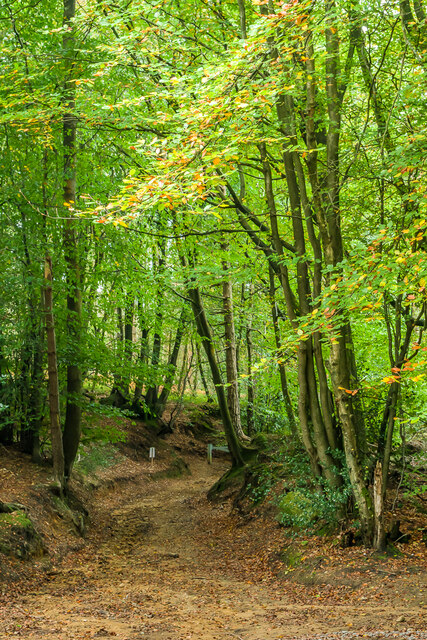
Spring Copse is a picturesque woodland located in the county of Surrey, England. Situated just outside the village of Godalming, this enchanting forest covers an area of approximately 100 acres. It is a popular destination for nature lovers and outdoor enthusiasts due to its diverse flora and fauna.
The woodland is predominantly composed of deciduous trees, such as oak, beech, and birch, which provide a stunning display of colors throughout the seasons. In spring, the forest comes alive with vibrant blossoms and fresh green leaves, creating a magical atmosphere. The copse is also home to a variety of wildlife, including deer, foxes, badgers, and numerous species of birds.
Tranquil footpaths wind their way through the forest, offering visitors the opportunity to explore its beauty at their own pace. The paths are well-maintained and clearly marked, making it easy to navigate through the copse. Along the way, one can discover hidden clearings and secluded spots where they can sit and enjoy the peaceful surroundings.
Spring Copse is not only appreciated for its natural beauty but also for its historical significance. It is believed to have ancient origins, with evidence of human activity dating back to prehistoric times. The copse has been a part of the local landscape for centuries and continues to provide a haven for wildlife and a place of tranquility for visitors.
Overall, Spring Copse in Surrey is a captivating woodland that offers a delightful escape from the hustle and bustle of everyday life. With its scenic beauty, abundant wildlife, and serene atmosphere, it is a perfect destination for those seeking a connection with nature.
If you have any feedback on the listing, please let us know in the comments section below.
Spring Copse Images
Images are sourced within 2km of 51.1822/-0.34406612 or Grid Reference TQ1543. Thanks to Geograph Open Source API. All images are credited.
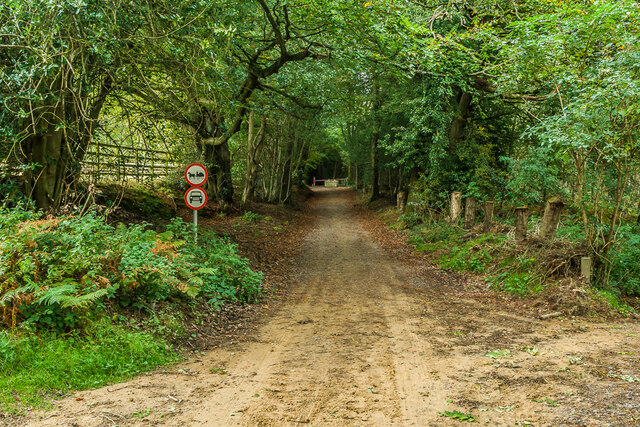
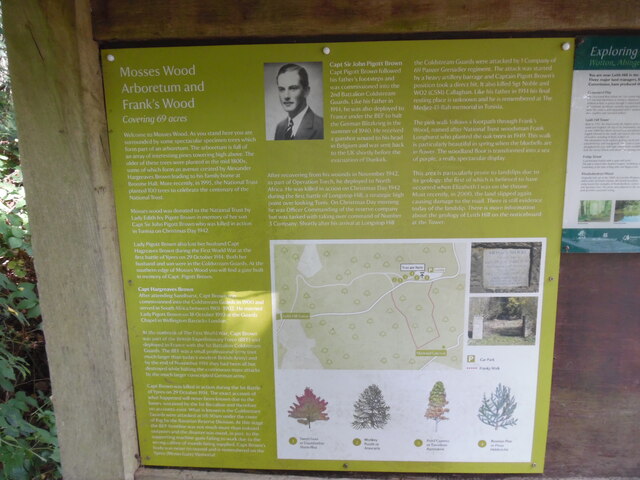
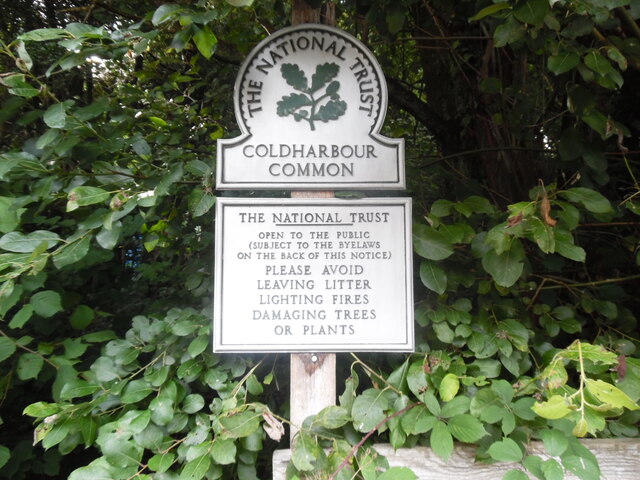

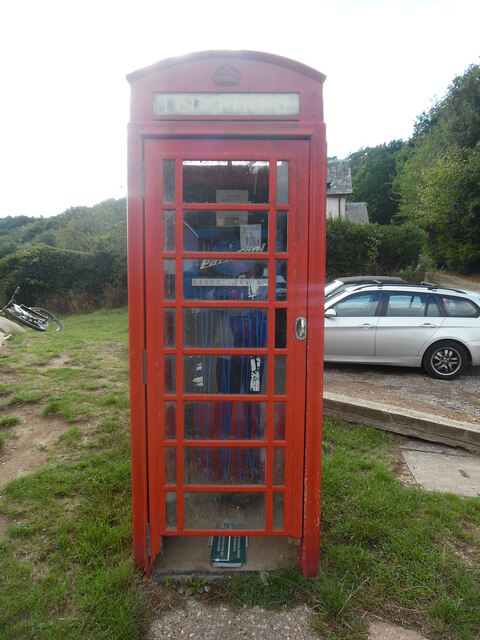
Spring Copse is located at Grid Ref: TQ1543 (Lat: 51.1822, Lng: -0.34406612)
Administrative County: Surrey
District: Mole Valley
Police Authority: Surrey
What 3 Words
///giving.actor.skin. Near Holmwood, Surrey
Nearby Locations
Related Wikis
Coldharbour, Surrey
Coldharbour is a hamlet in the Mole Valley district, in the English county of Surrey. It is on a minor road from Dorking to Leith Hill Place. == Description... ==
Broome Hall
Broome Hall is a Grade II-listed country house with grounds including cottages and outhouses on the wooded, upper southern slopes of the Greensand Ridge...
Holmwood railway station
Holmwood railway station serves the villages of Beare Green and South Holmwood in Surrey, England, on the Sutton and Mole Valley Lines between Dorking...
Leith Hill
Leith Hill in southern England is the highest summit of the Greensand Ridge, approximately 6.7 km (4 mi) southwest of Dorking, Surrey and 40.5 km (30 mi...
Leith Hill multiple aircraft accident
On 26 November 1944, four C-47 transport aircraft of the 442nd Operations Group departed from Advanced Landing Ground "A-4 in Pays de la Loire, northern...
Greensand Way
The Greensand Way is a long-distance path of 108 miles (174 km) in southeast England, from Haslemere in Surrey to Hamstreet in Kent. It follows the Greensand...
Greensand Ridge
The Greensand Ridge, also known as the Wealden Greensand, is an extensive, prominent, often wooded, mixed greensand/sandstone escarpment in south-east...
Leith Hill SSSI
Leith Hill SSSI is a 337.9-hectare (835-acre) biological Site of Special Scientific Interest south-east of Dorking in Surrey. The SSSI consists of four...
Nearby Amenities
Located within 500m of 51.1822,-0.34406612Have you been to Spring Copse?
Leave your review of Spring Copse below (or comments, questions and feedback).
